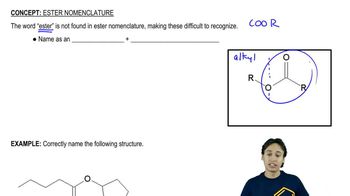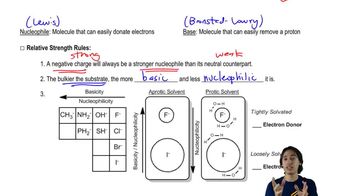The reaction of a nitrile with an alcohol in the presence of a strong acid forms an N-substituted amide. This reaction, known as the Ritter reaction, does not work with primary alcohols.
c. How does the Ritter reaction differ from the acid-catalyzed hydrolysis of a nitrile to form an amide?






